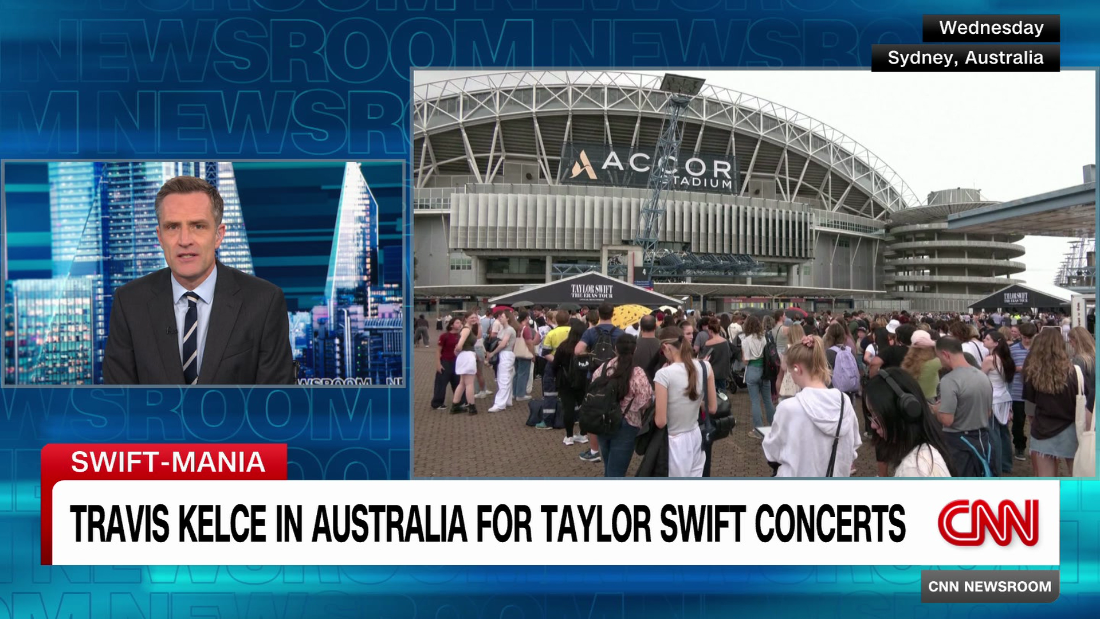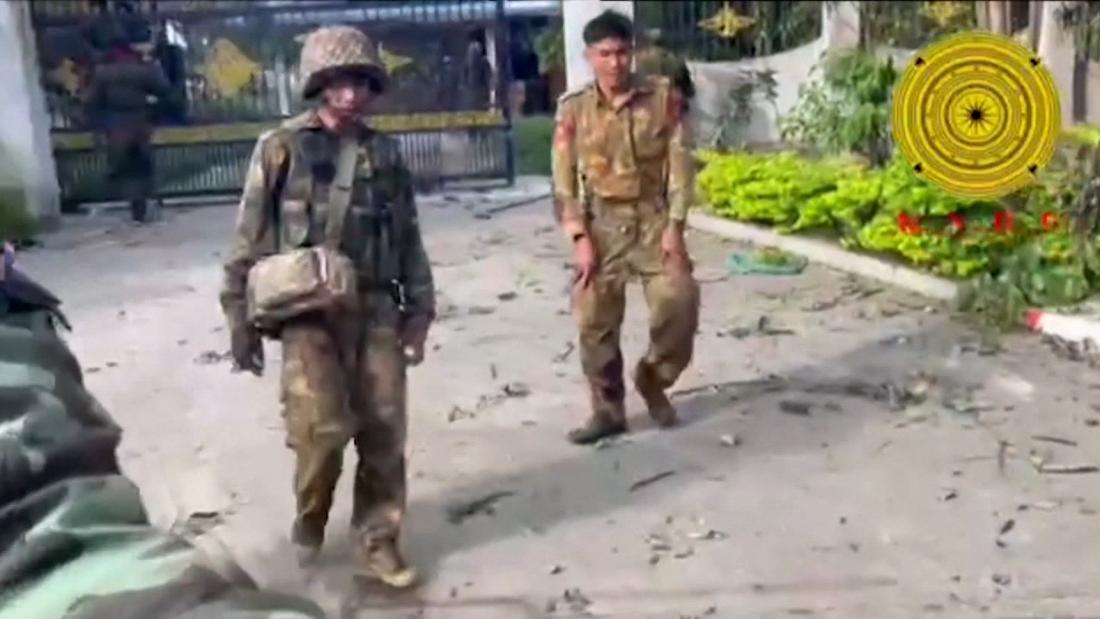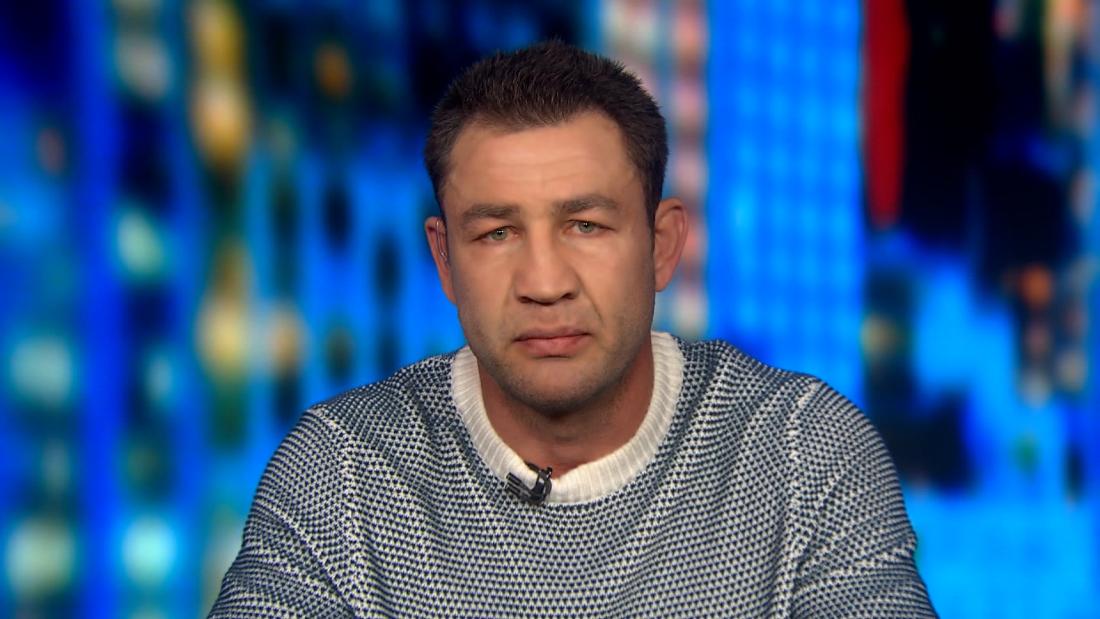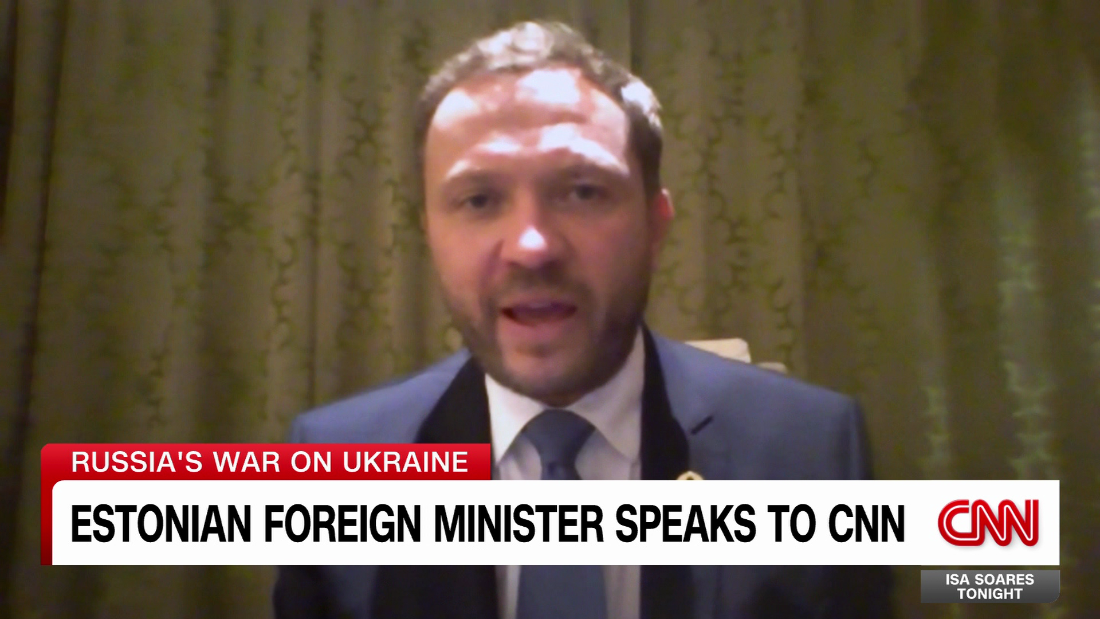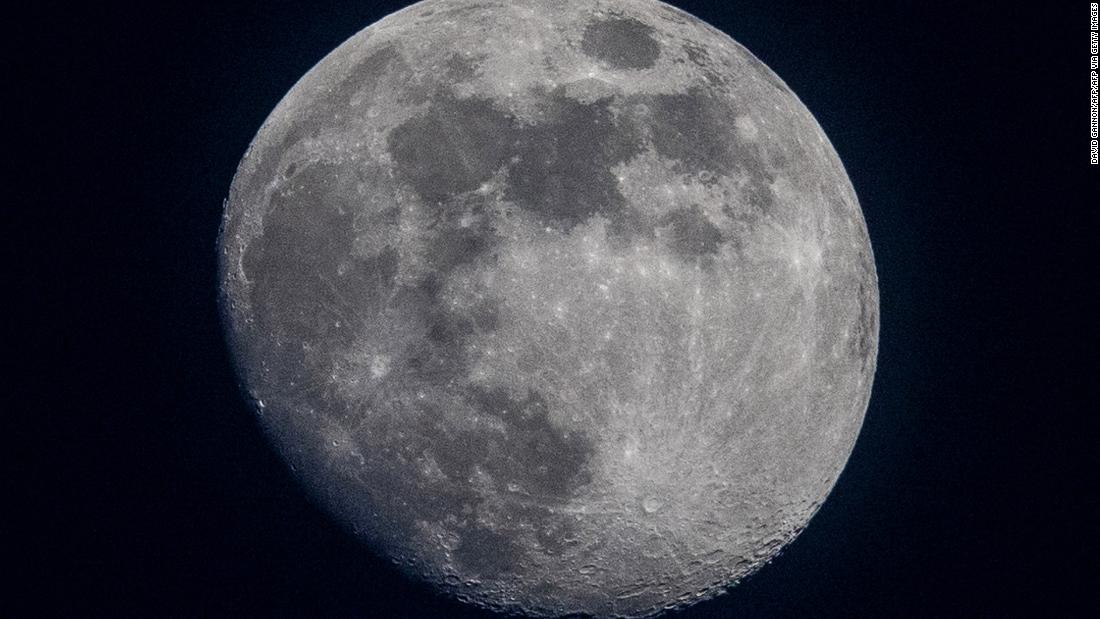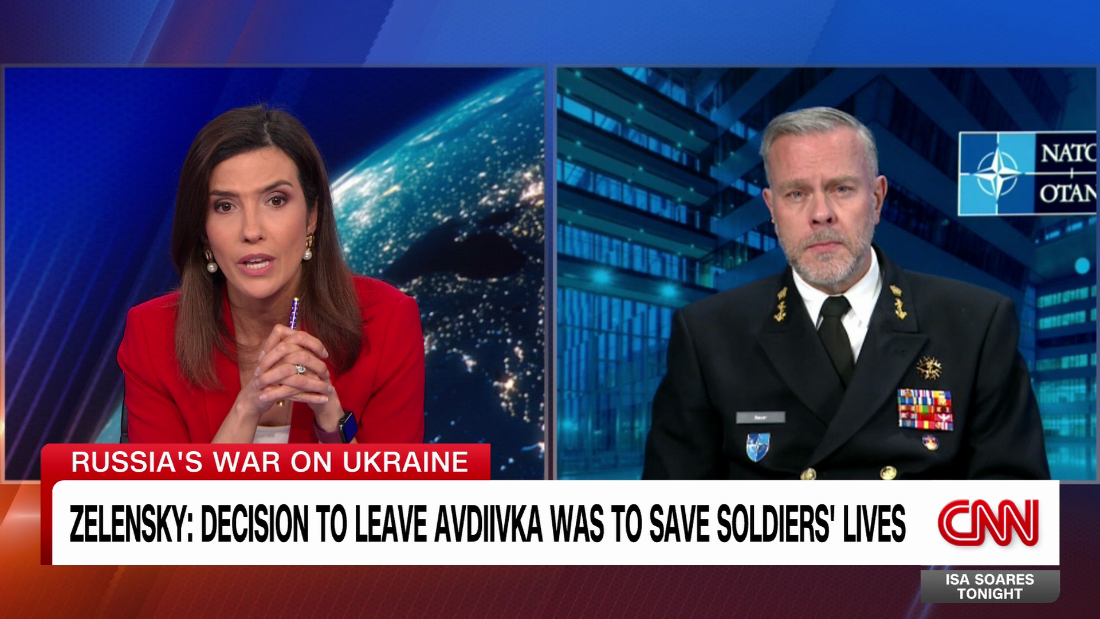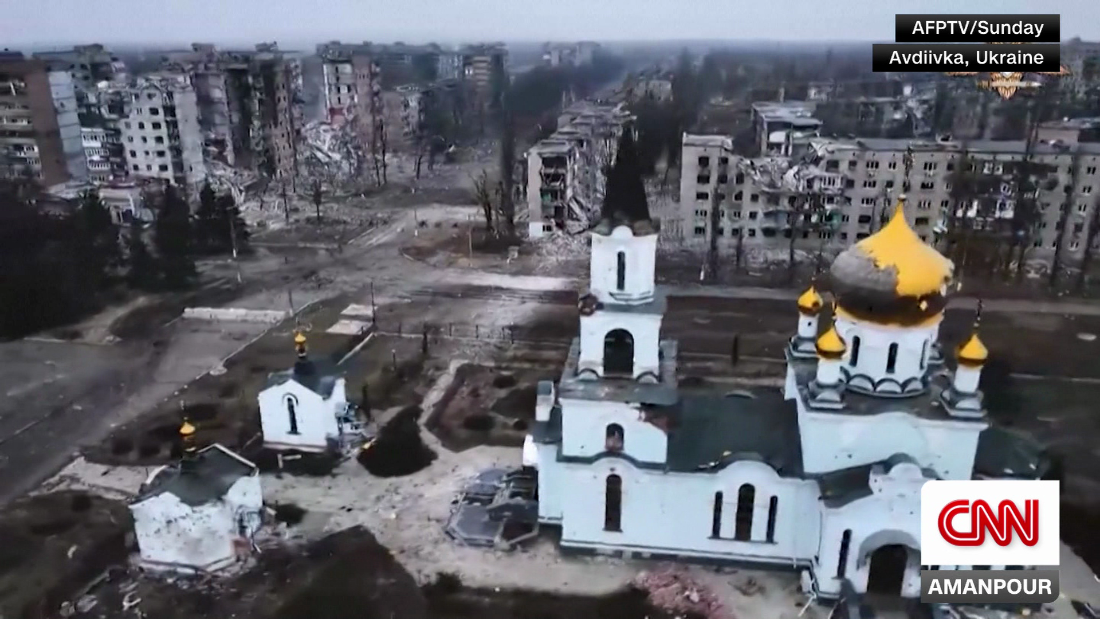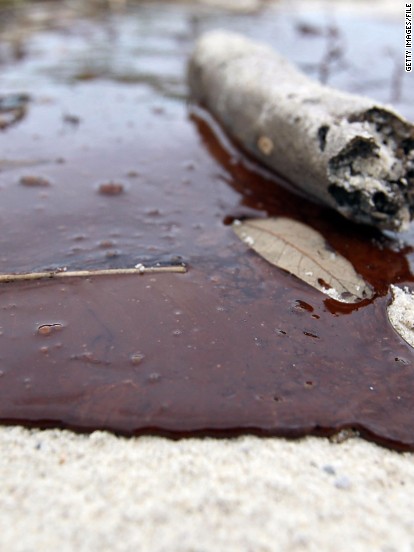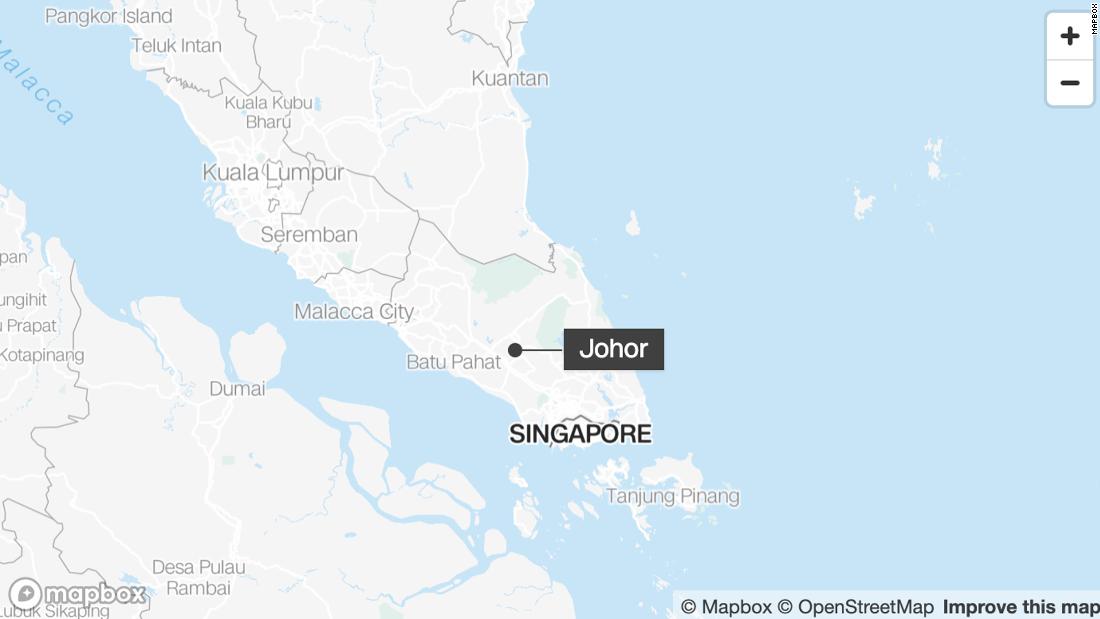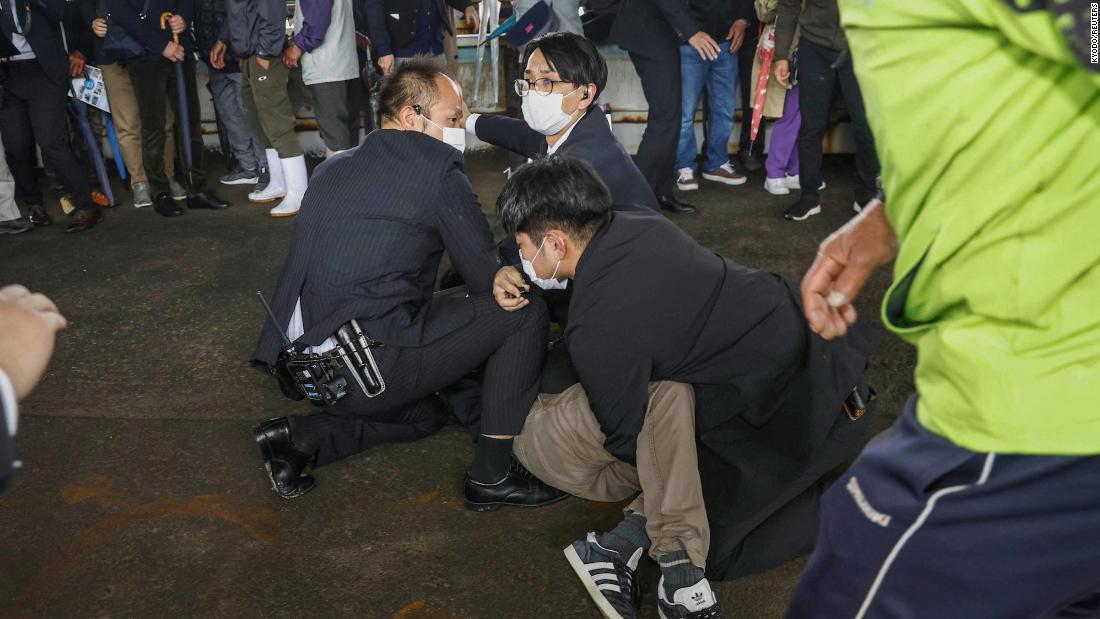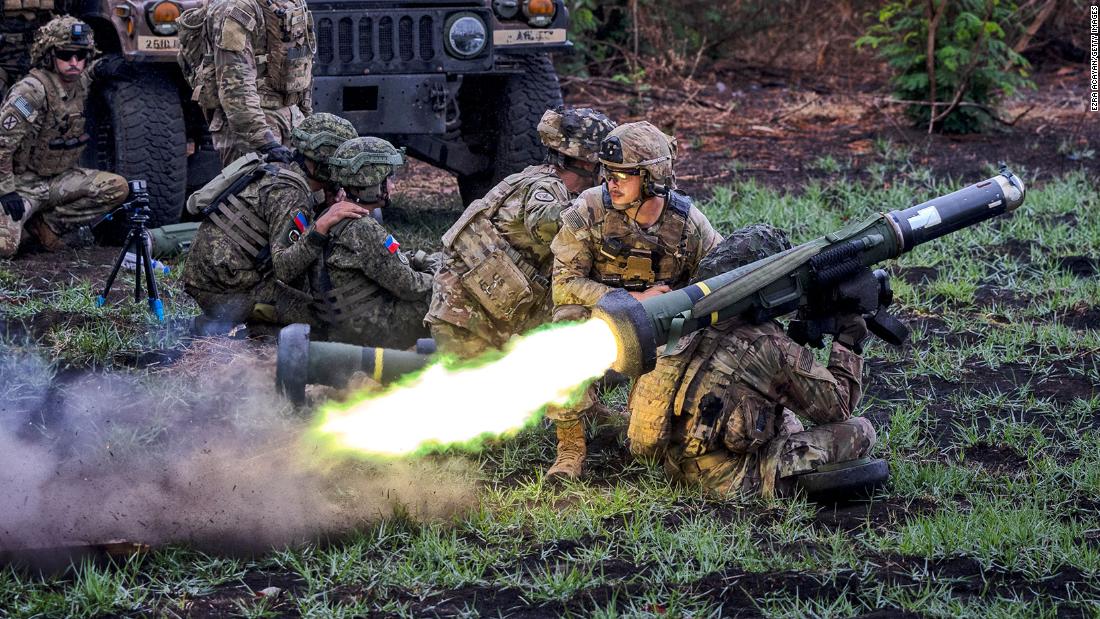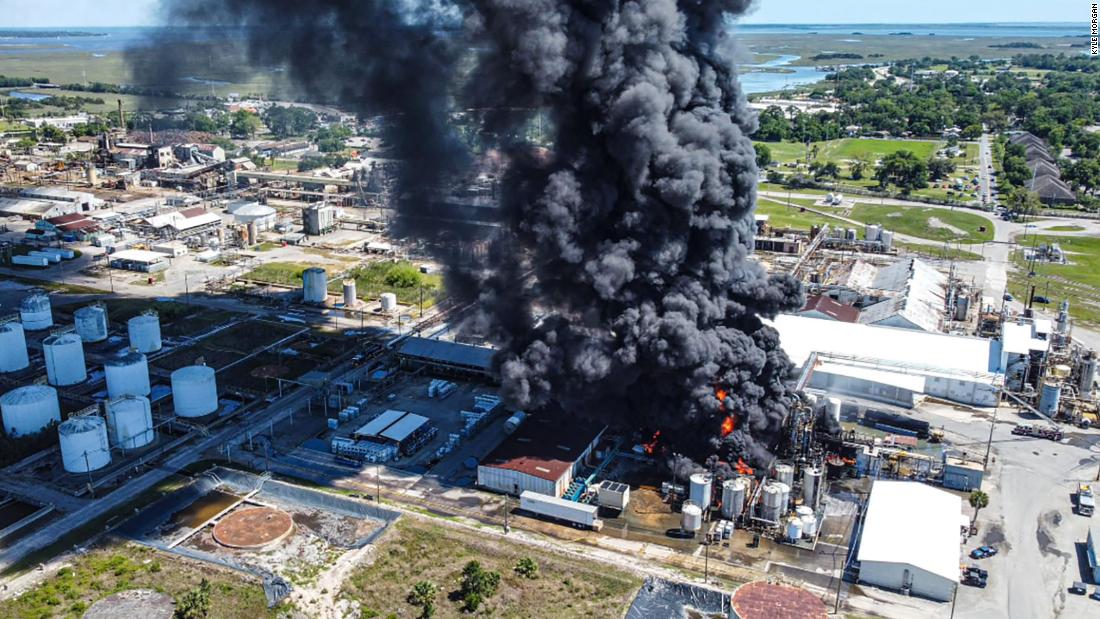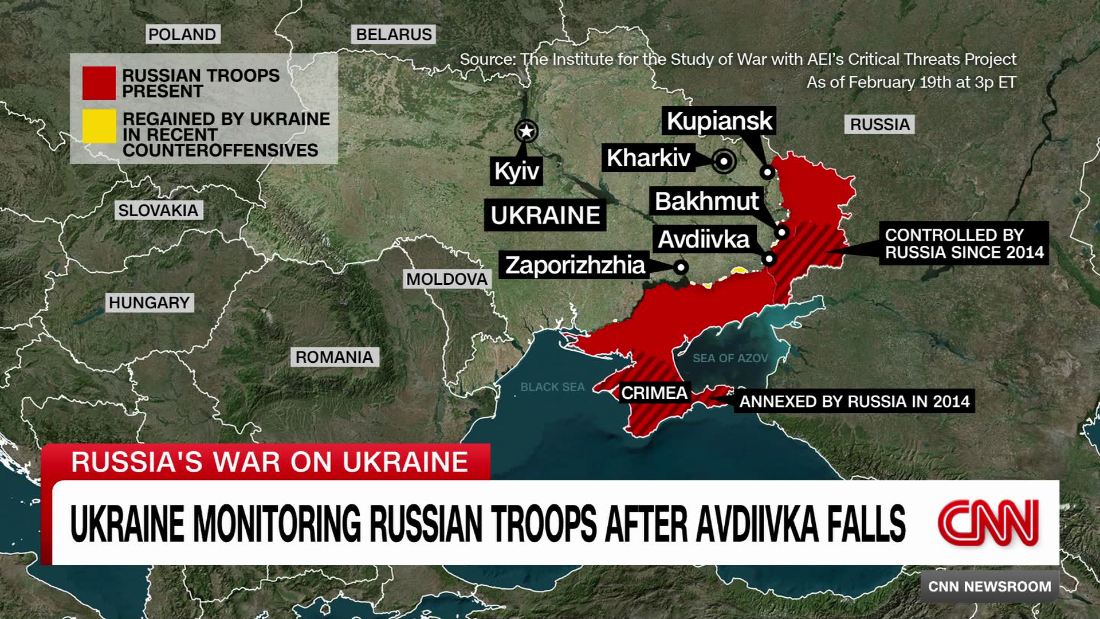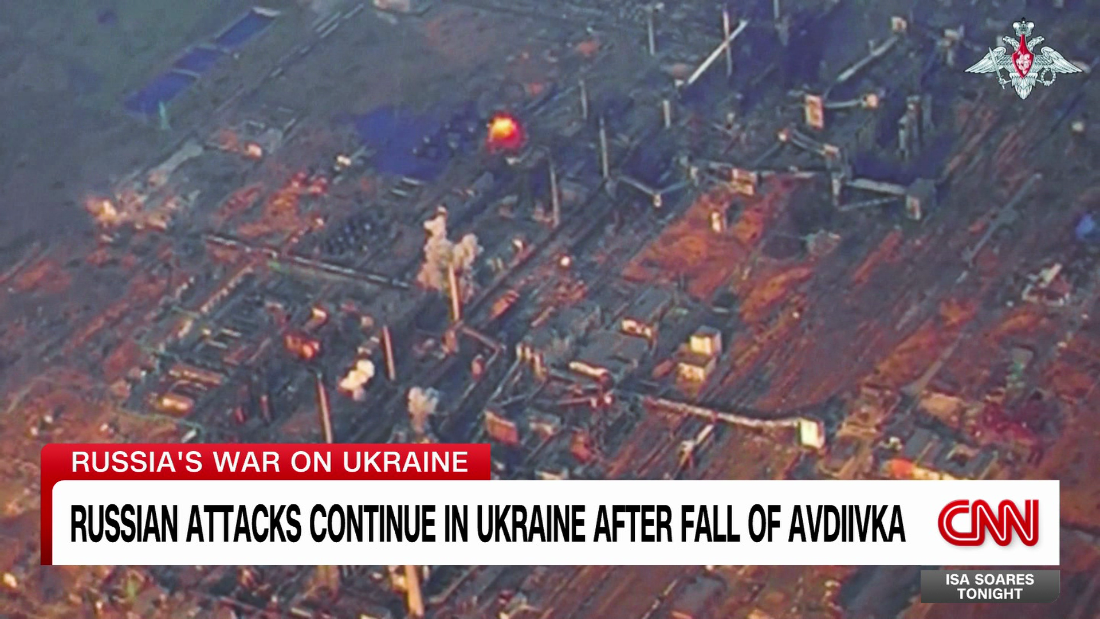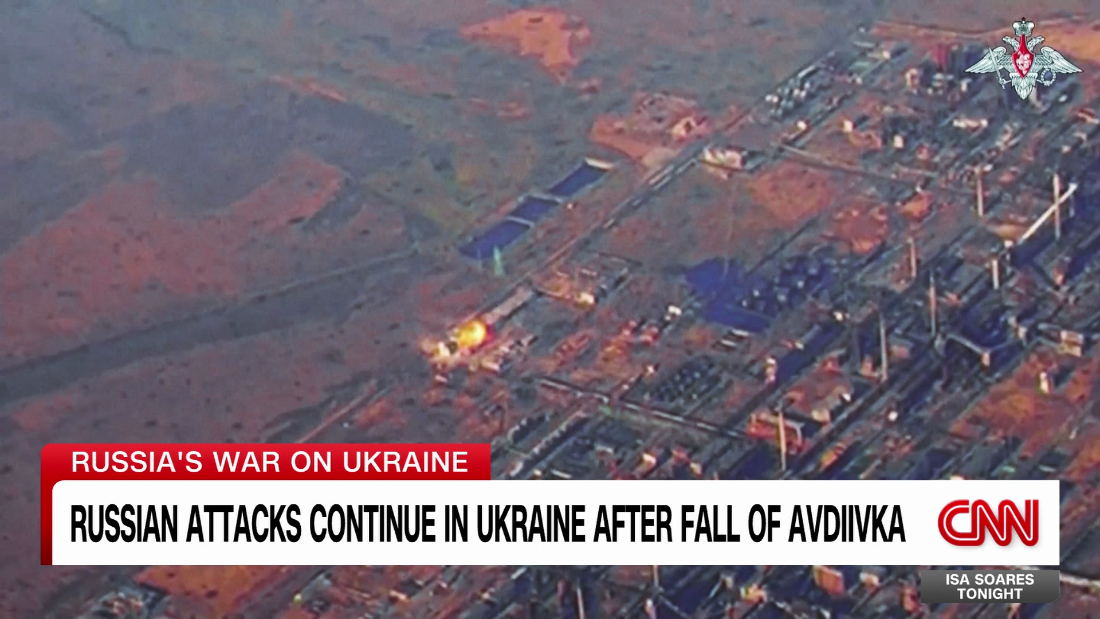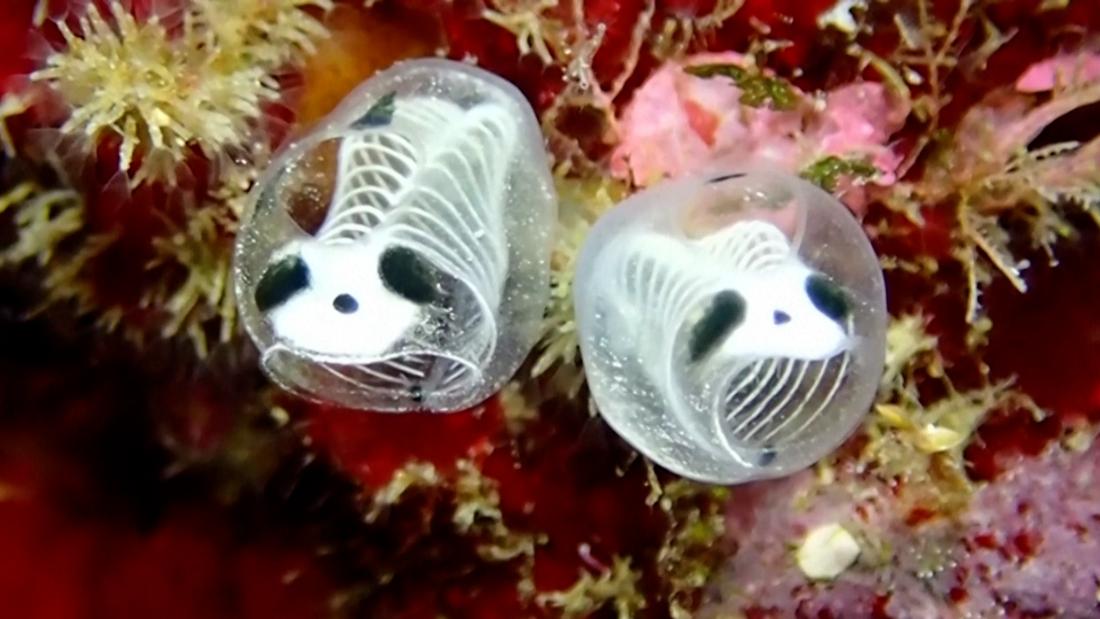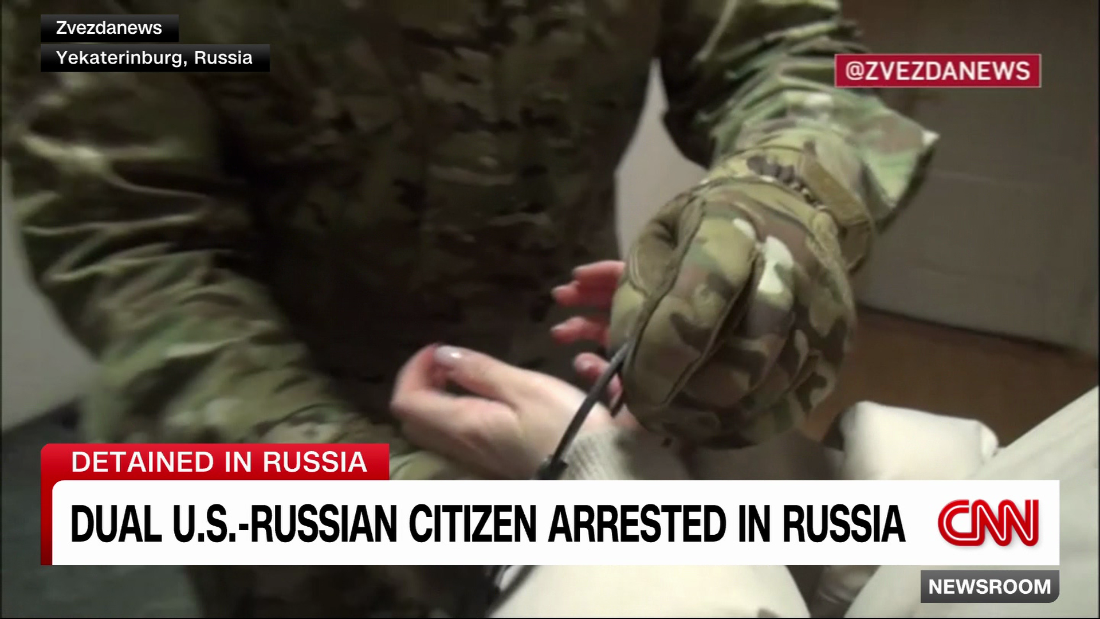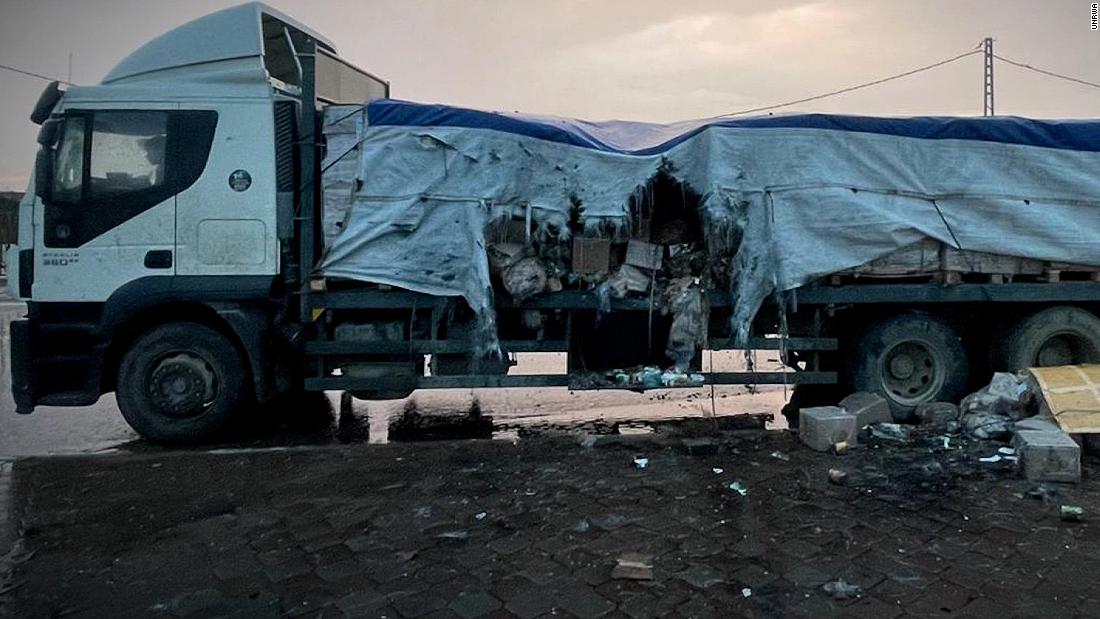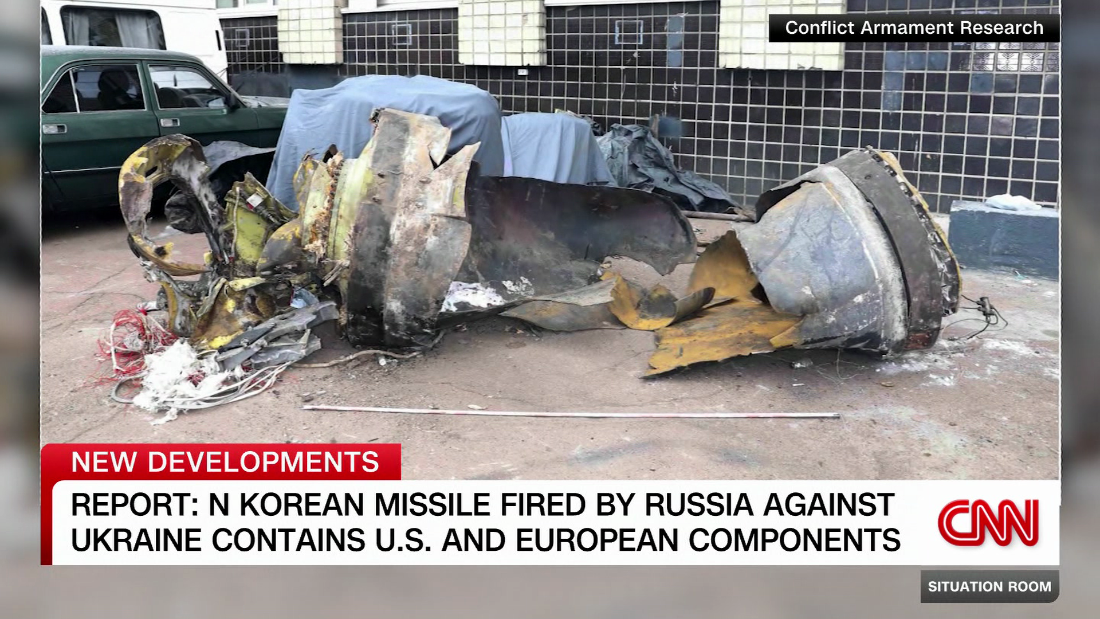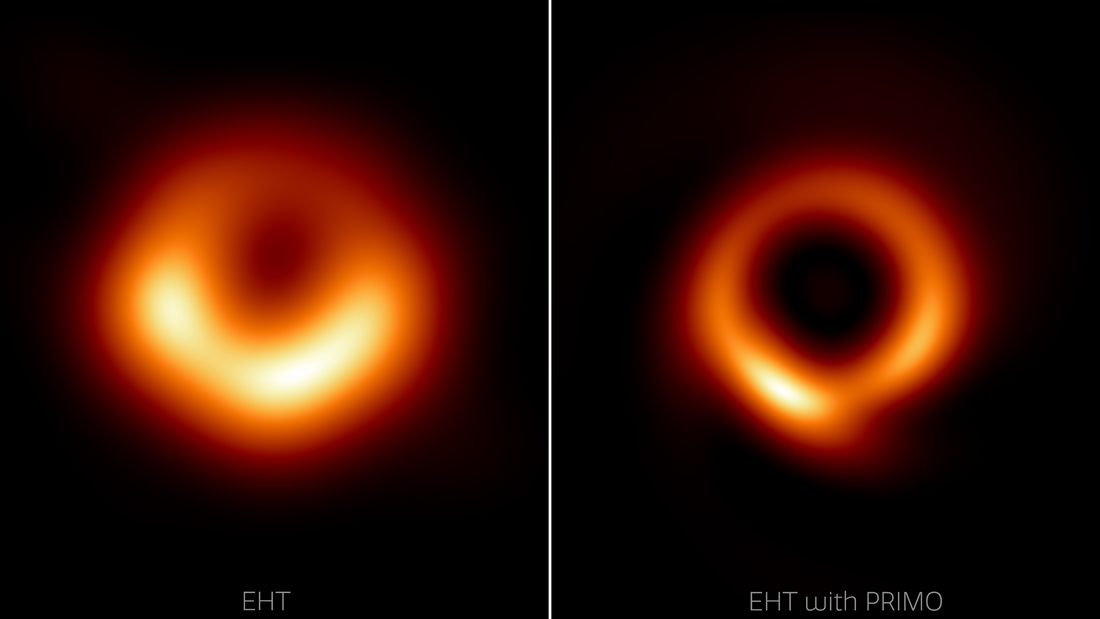UKRAINE has turned the Black Sea into a graveyard for Putin’s pride-and-joy fleet — using drones, missiles and stealthy commandos instead of frigates and destroyers.
In this week’s explosive episode of Battle Plans Exposed, former intelligence officer Philip Ingram pulls apart the Kremlin’s crumbling sea power and shows how Kyiv’s tech-savvy strikes are driving Russia from its once-safe harbours.
Ingram says the sinking of the Moskva proved Russia’s pride-and-joy fleet was vulnerable — and humiliated
Ukraine’s GUR military intelligence used a drone to target and hit a Russian Buyan-M warship armed with deadly Kalibr cruise missiles in the Sea of Azov
Map shows Russia’s occupied territories in red, Crimea in purple and the key ports — from Odesa to Sevastopol — now at the heart of the naval war
Russia had one of its warships damaged in a Ukrainian attack on a Black Sea port in 2023
Ingram says Russia’s “naval dominance is being challenged like never before” as new footage reveals another hammer blow to the Black Sea Fleet.
Ukraine’s drone operators and special forces are seen battering occupied Crimea — smashing a cruise-missile carrier, damaging a Bayan M-class warship, and torching fuel and ammunition dumps.
Watch the new episode on The Sun’s YouTube channel here…
According to Ingram, these are “innovative and daring tactics” that are forcing Putin’s captains to run for cover.
In this latest episode, Ingram explains how Ukraine’s attacks have crippled Russia’s radar systems, command posts and even its GLONASS satellite network.
These are “difficult for Russia to repair” and have a massive impact on its ability to coordinate across the theatre, he says.
The pressure is so relentless that Sevastopol — once the pride of Russia’s fleet — is no longer safe.
“A series of audacious Ukrainian attacks has made it a very dangerous place for the Russian Navy,” Ingram notes, with vessels dispersed to Novorossiysk and even a makeshift base in Georgia’s breakaway region of Abkhazia.
Fleet in flight
Before the invasion, Russia’s Black Sea Fleet had about 74 warships.
But by March 2024, Ingram says it had been “functionally inactive” after losing a third of its vessels — sunk or damaged by Ukraine’s drones and missiles. It’s a humiliating retreat.
He points back to Snake Island as the moment that turned the tide.
The Flamingo cruise missile being dropped, boasting a staggering claimed range of 3,000km and built to strike deep into Russia
The episode shows the Flamingo in action — Kyiv’s most powerful homegrown missile yet, threatening Putin’s strongholds far beyond the frontline
The tiny rock became a global symbol when defenders told a Russian warship to “go bleep yourself.”
After relentless strikes, Moscow abandoned the outpost in June 2022.
“Not only was this a huge morale boost for Ukraine,” Ingram says, “it denied Russia control of the northwestern Black Sea and allowed Odessa to keep exporting grain.”
He also recalls the sinking of the Moskva in April 2022 — the flagship of the fleet and “the pride of the Russian Navy.”
Ingram quips that the Black Sea commander was summoned to Moscow “without coffee,” meaning he was swiftly sacked.
It was a shattering blow to Russian prestige and proof that Putin’s navy was far from untouchable.
Wonder weapons & drone navy
Ingram highlights how Ukraine’s homegrown arsenal is evolving at breakneck speed.
The famed Neptune missile, which sank Russia’s Black Sea flagship Moskva, has been reborn in an extended-range land-attack variant.
Capable of striking targets up to 1,000km inside Russia, it can rip into command posts and ammo depots deep behind enemy lines.
Then comes the Flamingo, a cruise missile shrouded in secrecy until recently.
Boasting a staggering claimed range of 3,000km and a heavy warhead, it has already surfaced in combat footage.
If its reach is proven, Ingram says, the Flamingo could be Kyiv’s most significant homegrown weapon of the war — and unlike Western kit, it is fully under Ukraine’s control.
But the real revolution is happening on the water.
Kyiv has built a navy not from steel hulls but from silicon chips and explosive payloads.
The Sea Baby, a heavyweight drone boat, can haul an 850kg warhead strong enough to cripple bridges and smash warships in harbour.
Its smaller, faster sibling, the Magura V5, is the Black Sea’s silent assassin — a sea-skimming hunter designed to overwhelm Russian vessels in swarms.
Together, these drones have “sunk or damaged over a third of Putin’s fleet,” forcing his warships to hide in distant ports that once bristled with confidence.
The episode shows Kyiv’s drone navy at work, hunting Putin’s warships in open water and forcing Russia’s fleet into humiliating retreats
Ukrainian drones zero in on a Russian patrol boat in the Black Sea — a precision strike that left the vessel in flames and its crew wiped out
Russia copies but still bleeds
The Kremlin isn’t passive, former intelligence officer notes.
It’s stealing pages from Kyiv’s playbook, deploying its own sea drones on the Danube and stalking Ukrainian launchers.
Russian missiles recently hit a prized Neptune launcher — proof every new capability paints a target on its back.
And yet, for all the counterpunches, the momentum at sea keeps tilting away from Moscow.
Each dispersal order, each scorched dock, each warship that cowers behind breakwaters is a public admission: the Black Sea is no longer Putin’s lake.
Why this fight matters
Control of the Black Sea, Ingram says, is control of trade routes, energy corridors and geopolitical reach — into the Med, the Middle East and Africa.
For Ukraine, it’s the lifeline out of Odessa. For Russia, it’s projection and prestige.
That’s why these precision strikes and drone swarms aren’t just tactical wins — they’re rewiring the balance of power.
The episode also rewinds to the Falklands to show how a single missile can rewrite naval warfare.
HMS Sheffield’s loss to an Exocet in 1982 proved a “relatively small, inexpensive missile could take out a multi-million pound warship” — a lesson echoing today from Sevastopol to Novorossiysk.
Battle for the skies
Having dissected land and sea, Battle Plans Exposed tees up the air war.
On paper, Russia’s air force should dominate.
In practice, Ukraine’s Patriots and NASAMS built a lethal no-fly zone, Russian jets keep their distance, and losses mount.
Moscow now leans on glide bombs — crude, devastating, launched from safety — while Ukraine’s smaller air arm flies low and dangerous as F-16s enter the fray.
The stakes only rise from here.
Ukraine missiles destroying the Askold warship in Kerch, Crimea
Ukraine’s secret service SBU released unseen footage of its special forces storming Snake Island Published: [#item_custom_pubDate]













